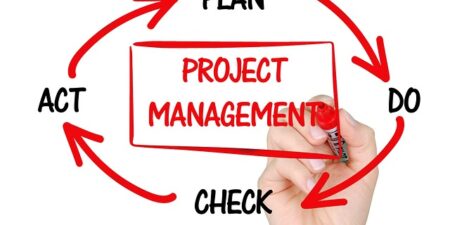In today’s digital era, mobile devices have become an integral part of our personal and professional lives. With the increasing reliance on smartphones, tablets, and laptops, organizations need a robust Mobile Device Management (MDM) strategy to ensure the seamless integration and efficient management of these devices. MDM offers a centralized approach to oversee, secure, and monitor mobile devices, enhancing productivity while maintaining data integrity and security.
Enhanced Security and Data Protection
One of the primary concerns for businesses is the security of sensitive information accessed and stored on mobile devices. With MDM solutions in place, organizations can implement stringent security measures, such as password policies, encryption, and remote wipe capabilities. These features provide an added layer of protection against unauthorized access or data breaches. By securing devices and enforcing policies, MDM reduces the risk of data loss and ensures compliance with industry regulations, giving businesses peace of mind.
Efficient Device Deployment and Configuration
Deploying and configuring a large number of mobile devices can be a daunting task. MDM simplifies this process by allowing IT administrators to remotely configure and deploy devices over the air. Through a centralized management console, administrators can set up email accounts, Wi-Fi settings, and install necessary applications simultaneously, saving valuable time and effort. This streamlines the onboarding process for new employees, ensuring they have the necessary tools and resources at their fingertips from day one.
Remote Monitoring and Support
Monitoring the health and performance of mobile devices is crucial for maintaining a productive workforce. MDM enables administrators to remotely monitor device status, battery life, storage capacity, and network connectivity. With real-time insights, IT teams can proactively identify and resolve issues, minimizing downtime and optimizing device performance. Additionally, remote support features allow administrators to troubleshoot device problems, install updates, or resolve software conflicts without the need for physical access to the device, reducing costs and improving efficiency.
App Management and Control
Mobile apps play a significant role in driving productivity and efficiency in the workplace. However, managing and controlling app usage can be challenging, especially in environments where employees have access to a wide range of applications. MDM enables organizations to enforce app policies, blacklist or whitelist specific apps, and remotely install or remove applications as needed. This ensures that employees have access to the right set of tools while minimizing distractions and potential security risks associated with unauthorized app installations.
Cost Optimization
Mobile devices are valuable assets for organizations, but they also come with substantial costs. MDM solutions offer cost optimization features that help organizations maximize their investments. By centrally managing devices, organizations can track and monitor usage patterns, identify inactive devices, and enforce power-saving settings. These measures help reduce unnecessary expenses, such as unused data plans or excessive battery consumption, resulting in significant cost savings in the long run.
Conclusion
As the mobile workforce continues to grow, the need for effective Mobile Device Management becomes increasingly essential. Implementing an MDM strategy enables organizations to enhance security, streamline device deployment and configuration, provide remote monitoring and support, manage app usage, and optimize costs. By adopting MDM solutions, businesses can unlock the full potential of their mobile workforce, ensuring productivity, efficiency, and data integrity in an ever-evolving digital landscape. Embracing Mobile Device Management is not only a smart choice but a necessary one for organizations looking to thrive in today’s mobile-driven world.









